‘Barbie,’ ‘Killers of the Flower Moon,’ ‘Zone of Interest’ and More, Recapping the Artisan Nominees
- Oops!Something went wrong.Please try again later.
- Oops!Something went wrong.Please try again later.
- Oops!Something went wrong.Please try again later.
- Oops!Something went wrong.Please try again later.
- Oops!Something went wrong.Please try again later.
- Oops!Something went wrong.Please try again later.
- Oops!Something went wrong.Please try again later.
- Oops!Something went wrong.Please try again later.
- Oops!Something went wrong.Please try again later.
- Oops!Something went wrong.Please try again later.
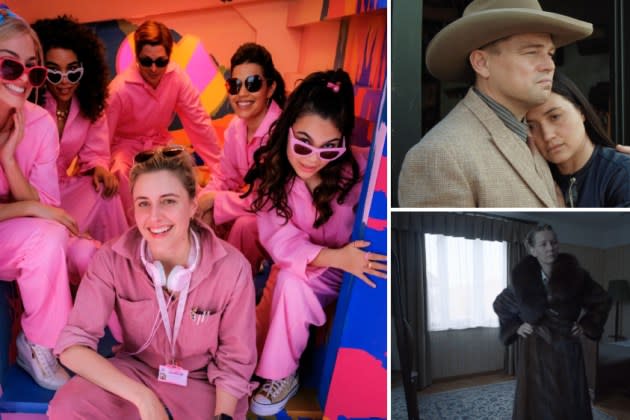
Oscar-nominated artisans landed historical firsts in numerous categories in this year’s race. After decades in the industry, costume designer Ellen Mirojnick earned her first nod for “Oppenheimer.” Scott George became the first Osage Nation songwriter to be nominated for his song in “Killers of the Flower Moon,” while Diane Warren scored a record 15th nod. John Williams bested his record-breaking achievement when he was recognized for original score.
When they’re not making history, what makes these artisans special is their storytelling through their craft. Building worlds and environments with rich, lush textures to immerse audiences into their scapes.
More from Variety
Here, Variety takes a look at the nominated artisans across all the crafts ahead of the guild awards and Oscars on March 10.
Costume Design
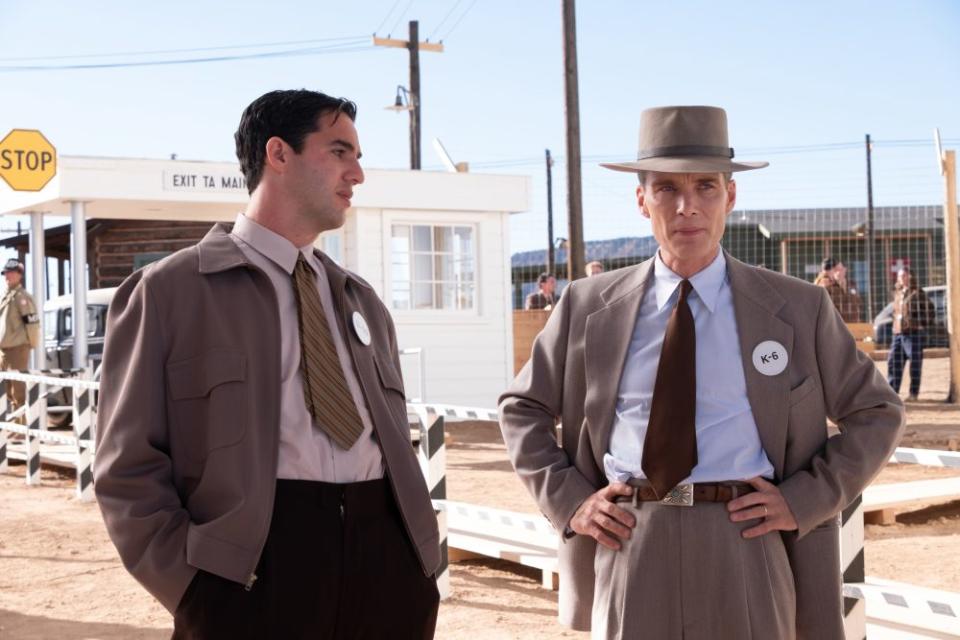
Women dominate the category, snagging all five slots. Ellen Mirojnick nabbed her first costume design nomination for “Oppenheimer.” With credits that include “Basic Instinct,” “Showgirls” and “Bridgerton,” Mirojnick created another character for Christopher Nolan in the hat that becomes synonymous with Cillian Murphy’s eponymous character.
Jacqueline Durran chose primarily pastels as her main palette for “Barbie.” Pinks, blues and whites, with a rule of no black and brown. With every scene needing a costume change, Durran’s mammoth task meant she had to change outfits for every Barbie and Ken.
Jacqueline West’s research for “Killers of the Flower Moon” involved diving into the history books and working with Osage consultant Julie O’Keefe to ensure the detail and beadwork on her costumes were authentic and accurate to the Osage Nation. Osage artisans contributed jewelry and accessories, and Pendleton helped West in gathering over 1000 blankets.
Holly Waddington’s challenge for “Poor Things” was creating a costume arc that reflected Emma Stone’s journey as Bella Baxter. Bella is a walking science experiment, a dead woman brought back to life via the brain of her unborn child. As an infant trapped inside a woman’s body, Waddington decided showing various stages of undress and looks that seemed thrown together worked best to reflect that. Progressively, the costumes reflect a woman who becomes empowered and self-aware.
“Napoleon’s” rise from military leader to emperor required two costume designers to divvy up the looks. Janty Yates worked on civilian outfits, while David Crossman studied armies to create hundreds of looks for the French, Russian and Austrian armies. Their grandest look? The coronation outfits were replicated verbatim by Jacques-Louis David’s painting.
Editing
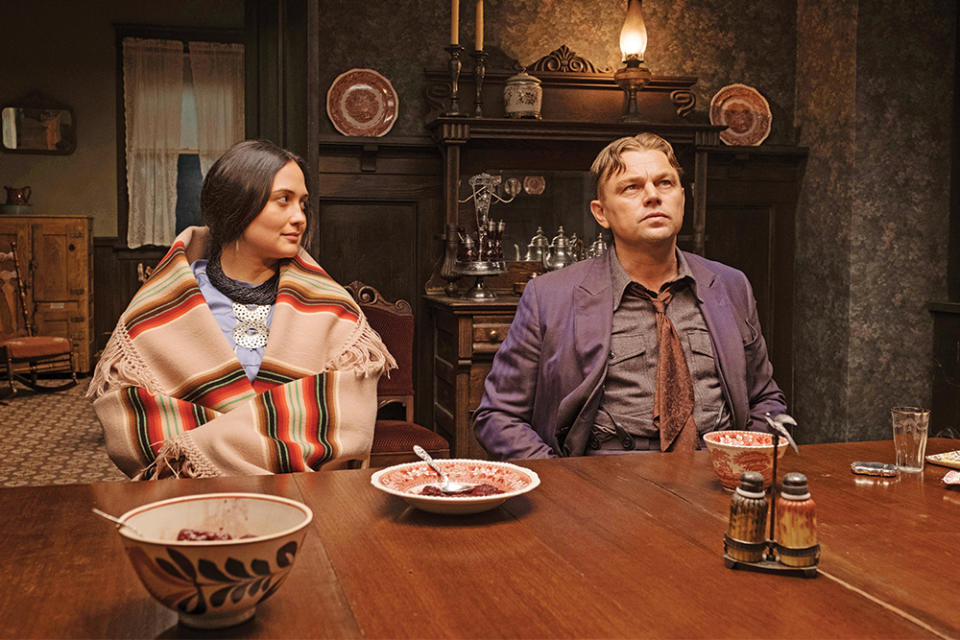
Martin Scorsese’s trusted collaborator Thelma Schoonmaker became the most nominated editor in Oscar history when she landed her ninth nomination for “Killers of the Flower Moon.” She guides us through Mollie (Lily Gladstone) and Ernest’s (Leonardo DiCaprio) blossoming relationship, only to show the atrocities he’s plotting -murdering her family and members of the Osage Nation, robberies, and how corrupt he is. Other times, in this character-driven performance film, she lingers on close-ups before a character speaks such as William Hale (Robert De Niro) to let audiences see their motives and emotions.
Jennifer Lame cross-cut between two perspectives in “Oppenheimer;” J. Robert Oppenheimer’s (Cillian Murphy) race to listen to the music and build the atomic bomb and Lewis Strauss (Robert Downey Jr.) as he chairs Oppenheimer’s 1954 hearing.
Alexander Payne calls editor Kevin Tent his filmmaking partner. Tent cut for the emotional and powerful performances from Paul Giamatti, Dominic Sessa and Da’Vine Joy Randolph.
For “Poor Things,” Yorgos Mavropsaridis had to show Bella (Emma Stone) as she evolved from child-like to womanhood. Mavropsaridis cut that opening reveal of how Victoria becomes Bella, transitioning from color to black-and-white and back to color when Bella goes out and explores the world.
Laurent Sénéchal cut “Anatomy of a Fall” leaving the audience to go on a journey of observation, experience and discovery about guilt, and truth in Justine Triet’s courtroom thriller.
Visual Effects
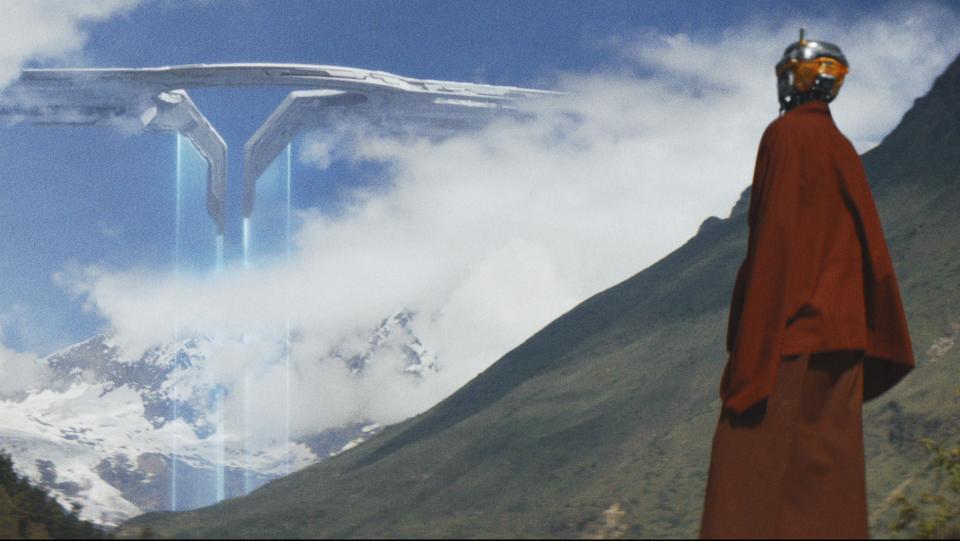
The nominated visual effects teams worked to seamlessly to combine practical with special effects, and work their magic on invisible effects.
“Godzilla Minus One” is the visual effects underdog here. With a budget of $15 million, the film needed 610 VFX shots and nominated VFX supervisor Kiyoko Shibura is only the fifth woman to be nominated in the category.
Gareth Edwards shot his futuristic sci-fi adventure about a war between humans and artificial intelligence on an $80 million budget, yet its visuals are on par with films that cost twice as much. After being shot on locations including Nepal, Thailand and Cambodia, the film’s effects were put together entirely in post-production. Edwards wanted young actor Madeleine Yuna Voyles to spend as little time as possible in the makeup chair, so the VFX team placed tracking dots on her head and figured the rest once shooting was completed.
For the final installment of “Guardians of the Galaxy: Vol. 3,” ten VFX houses including WETA FX, ILM and Framestore combined 3066 shots for an array of visual effects that included studying baby raccoons to animate Rocket, studying golden retrievers for talking dog Cosmo. Their biggest challenge was the stampede sequence in which the Guardians rescued over 500 animals from Chuckwudi’s Iwuji’s High Evolutionary’s ship.
“Mission Impossible: Dead Reckoning” mixed practical and special effects for a thrilling ride as a train falls off a cliff Tom Cruise and Hayley Atwell (“Agent Carter”) have to run and climb through it.
Practical and special effects helped Ridley Scott recreate “Napoleon’s” Battle of Waterloo. Real cannons were used, and the effects team added smoke and muzzle flashes. Elsewhere, CG performers were placed alongside real actors for the armies. For Austerlitz’s icy battle, ILM (Industrial Light and Magic) dropped in ice pieces and more smoke for the frozen lake attack.
Production Design
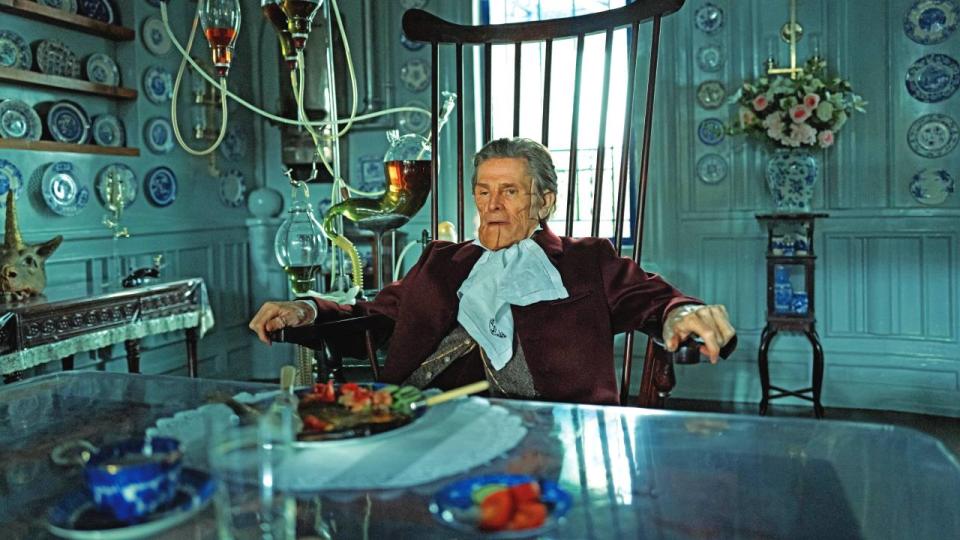
In-camera world-building dominates the category.
Jack Fisk built a town for “Killers of the Flower Moon,” Sarah Greenwood built Barbieland for “Barbie,” the team behind “Napoleon” recreated history’s most famous battles, and Ruth De Jong was tasked with building an atomic bomb and Los Alamos for Christopher Nolan. Shona Heath and James Price combined painted backdrops and LED screens from some sequences in “Poor Things,” but they too took over soundstages in Budapest to build complete worlds of London, a Parisian brothel, an ocean liner ship and Alexandria’s port.
Original Song
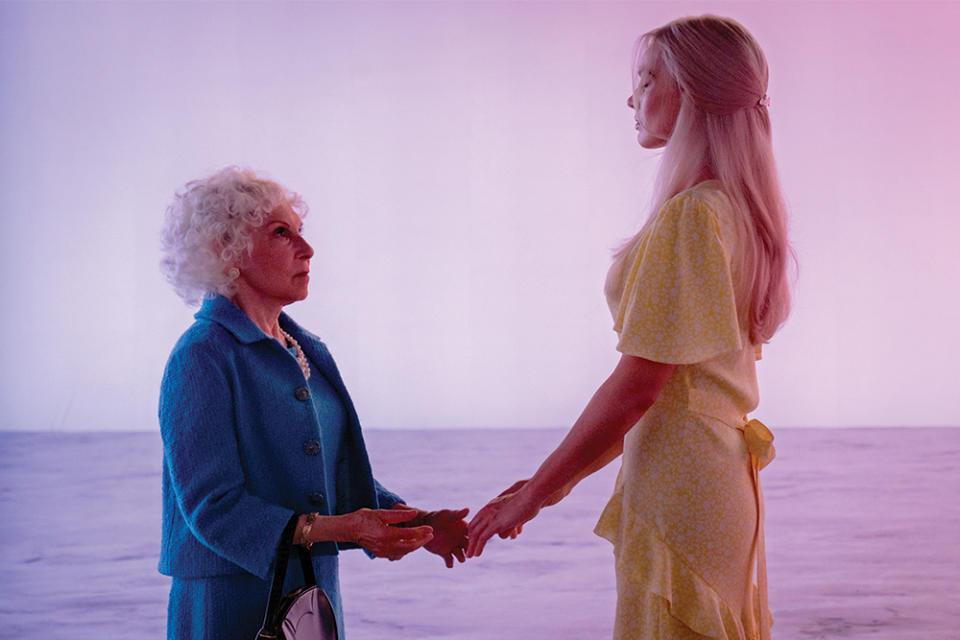
It’s Barbie’s heart song “What Was I Made For” vs. Ken in the original song race. Both songwriting teams (Billie Eilish and Finneas and Mark Ronson and Andrew Wyatt) have won the Oscar before.
“Killers of the Flower Moon” was nominated for 10 Academy Awards. Scott George’s nomination should come as no surprise. “Wahzhazhe (A Song for My People)” is an important moment in Martin Scorsese’s film. George is the first member of the Osage Nation to be nominated for an Academy Award. Could that narrative push him to a surprise win?
While “American Symphony” shockingly missed out on a best documentary nomination, Jon Batiste and Dan Wilson’s song “It Never Went Away,” a searing song about endearing love resonated enough to land in the final five.
Diane Warren. Never count her out. She campaigns. She hits and she lands that fifth slot. This year, the 15-time nominee sought out Becky G for “The Fire Inside” and will bring reggaeton to the Oscars.
Original Score
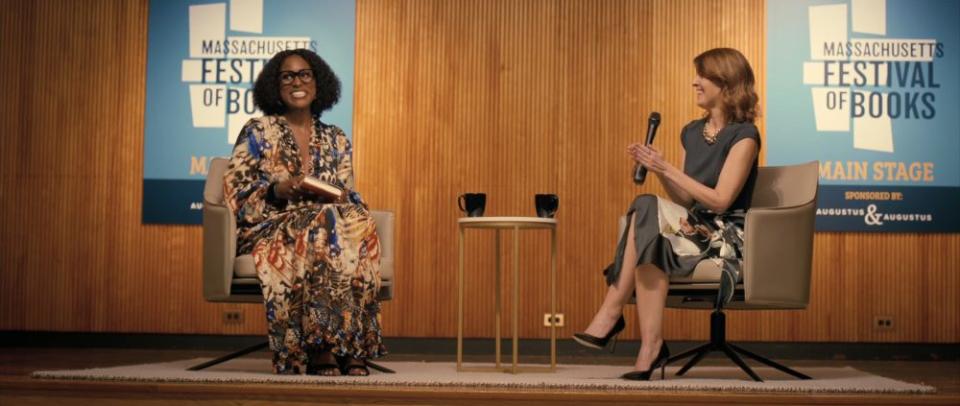
Can anyone beat Ludwig Goransson for his phenomenal 2-and-a-half-hour feat in “Oppenheimer?”
Sentiment could tip Robbie Robertson to a post-humous win for “Killers of the Flower Moon.”
There’s also competition from first-timers Jerskin Fendrix (“Poor Things”) and the first female Governor in the Music Branch of the Academy, Laura Karpman for her jazzy-infused score for “American Fiction.”
John Williams snagged the fifth slot here, making history with his 54th nomination for “Indiana Jones and the Dial of Destiny.” Williams is the oldest person to be nominated for an Oscar and is the most-nominated living person.
Cinematography
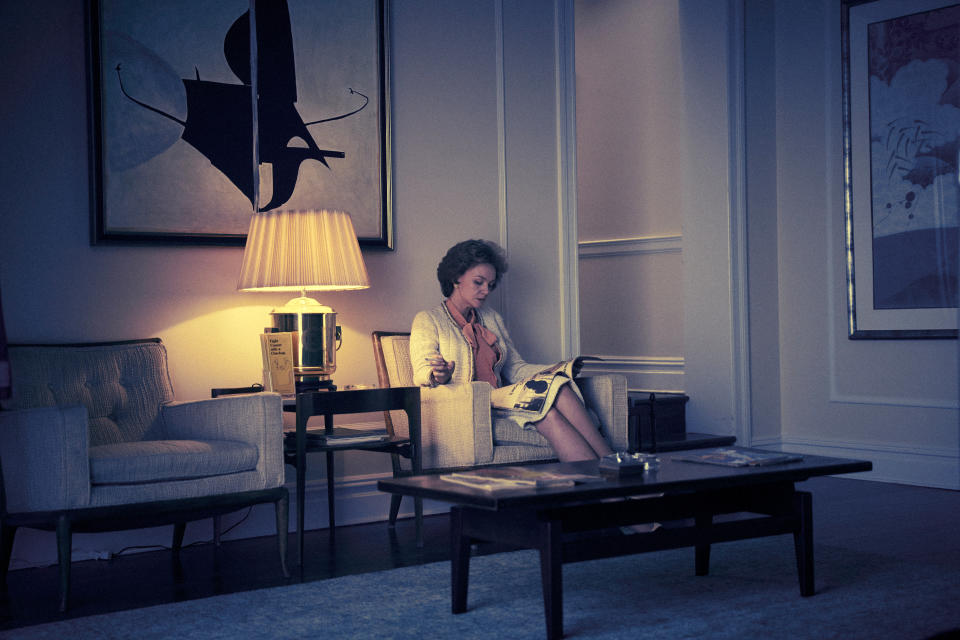
Black and white is the trend among this year’s nominated cinematographers. “Maestro’s” Matthew Libatique shot the first half of the film in monochrome on 1.33:1. When the film moves into the 1970s, he switches to color, and much later swaps to 1.85:1 after Felicia (Carey Mulligan) dies.
Kodak created 65mm Double-X 5222 black-and-white film stock so Hoyte van Hoytema could distinguish between points of view in “Oppenheimer.” Lewis Strauss’ (Robert Downey Jr.) perspective was told in the black-and-white scenes, while color stock brought viewers into J. Robert Oppenheimer’s (Cillian Murphy) point of view.
Edward Lachman’s use of black-and-white for Pablo Larrain’s “El Conde” added a rich texture to the film. He went back in time, seeking lenses used on “Citizen Kane”(Ultra Baltar) to help create that intense contrast to the film, particularly in the scenes featuring blood.
Rodrigo Prieto used autochrome techniques to set apart two worlds in “Killers of the Flower Moon.” The Lumiere brothers inspired how he used desaturation for Osage murderers Ernest Burkhart (Leonardo DiCaprio) and William Hale (Robert De Niro). A palette grounded in nature was created for Mollie Burkhart’s (Lily Gladstone) world. For the film’s black-and-white newsreel scenes, Prieto borrowed Martin Scorsese’s Bell and Howell 1917 camera. The hand-cranked gear was paired with Black and White Double X negative.
Kodak Double-X 5222 black-and-white film stock was Robbie Ryan’s stock of choice for the beginning of “Poor Things.” Bella Baxter’s confined world bursts into color when she leaves the house and travels to Lisbon. As Bella’s vision of the world expands, so does the film – visually. The film suddenly becomes a colorful space with Ryan using wide lenses for extremely tight shots and fish-eye lenses which filmmaker Yorgos Lanthimos loves to use.
Sound
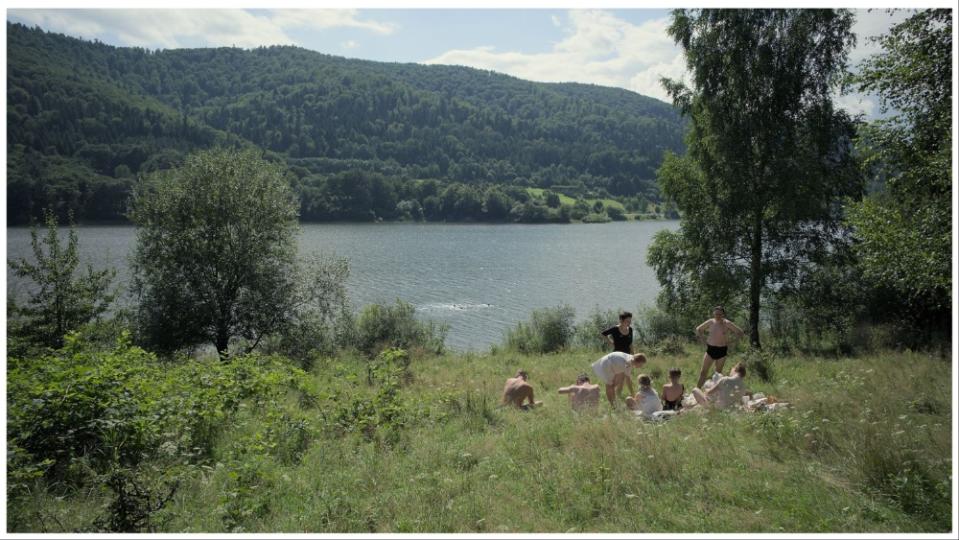
Haunting screams and cries leave an indelible and chilling feeling long after the credits on “The Zone of Interest” have rolled. The holocaust drama doesn’t show us the horrors and evils, but audiences hear it.
In “Oppenheimer,” the sound team might have created the trinity test explosion but it’s the deafening silence that strikes hard.
In “The Creator,” a happy real-life accident helped the sound team find the sound of the destroyer tank, and the NOMAD destroyer ship with its destruction beams was designed to sound dangerous and evil.
“Maestro’s” team created an immersive experience using a Dolby Atmos mix to pull audiences in. Their climactic moment was strategically placing mics in Ely Cathedral to recreate Leonard Bernstein’s famous “Symphony No. 2 (“Resurrection”) performance.
“Mission Impossible: Dead Reckoning” needed bangs and jolts for the train car sequence, as it perilously hangs off a cliff. Notably, the team honed in on footsteps. Running through an airport or walking through the train before it derails were key to “Dead Reckoning’s” soundscape.
Best of Variety
Sign up for Variety’s Newsletter. For the latest news, follow us on Facebook, Twitter, and Instagram.

